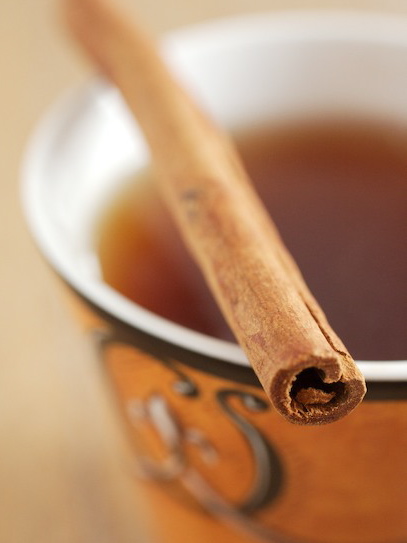
reference-image, l
(article, Elizabeth Lynch)
With its curling quills, mellow aroma, and warm-sweet taste, cinnamon has delighted our senses for centuries. Along with frankincense and myrrh, cinnamon was one of the first spices used in the ancient world. Highly valued for its smell, by the sixth century B.C. cinnamon had become known as “an aroma of divine worship and of sensual luxury,” writes Andrew Dalby in his book [%bookLink code=0520236742 "Dangerous Tastes"]. [[block(sidebar). h1.Featured recipes]] By the 13th century, cinnamon had become a bit more accessible, used in ointments, perfumes, and cooking. Medieval cooks, so the myth goes, relied on spices such as cinnamon to preserve or disguise bad meat. But while cinnamon does have antibacterial and antifungal properties, “there were far cheaper methods for preserving foods, including salting, sun-drying, air-drying, and smoking,” writes Clifford Wright in his book [%bookLink code=0688153054 "A Mediterranean Feast"]. The rich — the only people who could afford spices — ate the freshest meat anyway, so cinnamon was likely valued, as always, simply for its taste and aroma. [%image promo-image float=right width=300 credit="Photo: Elizabeth Lynch" caption="Cinnamon bark curls into sticks called quills."] Today cinnamon is an ordinary flavor; we brush our teeth with cinnamon-flavored toothpaste, chew on cinnamon-flavored candies, toss cinnamon sticks into mulled cider, and sprinkle ground cinnamon on toast. Cinnamon comes from an evergreen tree that grows in hot, moist climates. For cinnamon sticks, the inner bark is removed from the upper branches; the bark curls into sticks, often called quills. Ground cinnamon comes from large pieces of older bark found on the lower parts of the tree; this bark is usually stronger and more flavorful. The finest grade of cinnamon comes from a species called Cinnamomum verum or Cinnamomum zaylanicum, which, according to Harold McGee, author of On Food and Cooking, is “light brown, papery and brittle, coiled in a single spiral, with a mild delicate flavor described as sweet.” Other varieties of cinnamon, known as Saigon cinnamon, Chinese cinnamon, or cassia, are actually different species. McGee describes these additional varieties as “typically thick and hard, darker in color and much stronger in flavor, bitter and somewhat harsh and burning, as in the American ‘red-hot’ candy.” [%image cup float=left width=200 credit="Photo: Elizabeth Lynch" caption="Stir your tea with a stick of cinnamon."] Most Americans today consume cassia, which the FDA allows to be labeled “cinnamon.” But there are many sources of “true” cinnamon on the market. Look for the words “Ceylon” or “true” on the label and buy directly from a reputable spice merchant. If you grind your own true cinnamon, use only what you need, since the flavor is delicate and fades rapidly. And be sure to store all cinnamon properly in airtight containers protected from extreme temperatures and light. When cooking, keep in mind that a sweet pie, cake, or pudding might taste better with a milder cinnamon, while a stronger, savory dish (such as a curry) might excel with a stronger cinnamon. For savory dishes spiced with cinnamon, look beyond northern European cooking to such foods as pastilla, moussaka, moles, and curries. Keep in mind, too, that you don’t always need to eat cinnamon. After a large meal, treat yourself to cinnamon tea instead of coffee as a digestive aid. Use a cinnamon quill to stir and flavor your tea, coffee, or hot chocolate. And when your winter house seems stuffy, try boiling a few cinnamon sticks in water to delicately perfume the air. p(bio). Elizabeth Lynch is a food photographer and freelance writer based in Chicago. She's quite fond of cinnamon and prefers the subtle Ceylon variety.

reference-image, l

promo-image, l

feature-image, l

cup, l